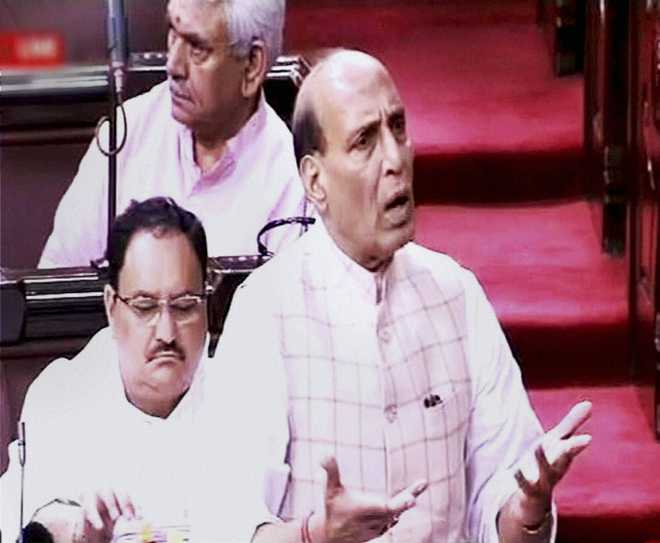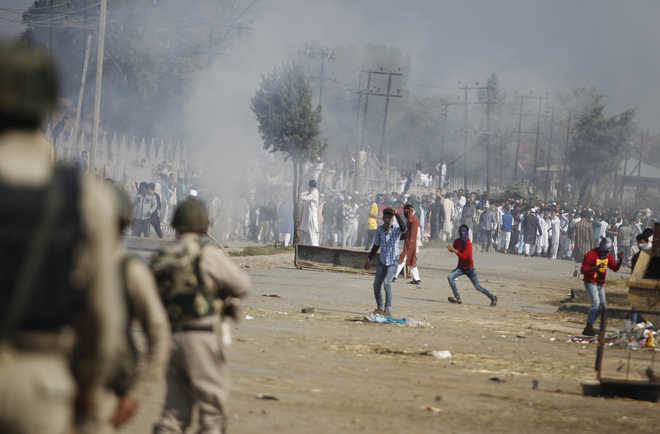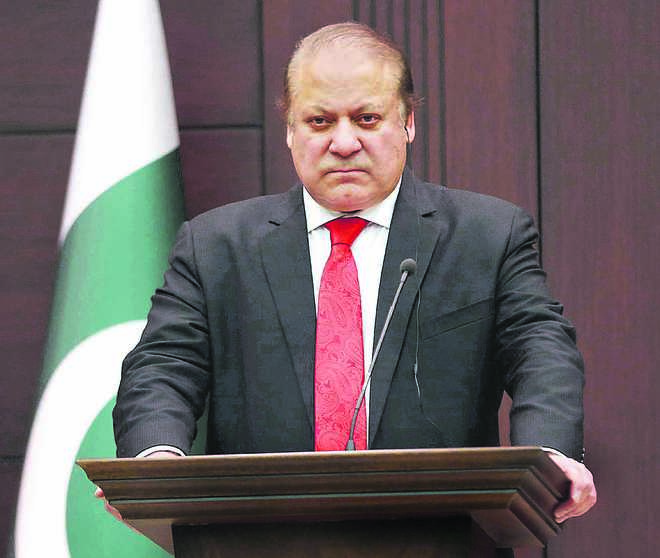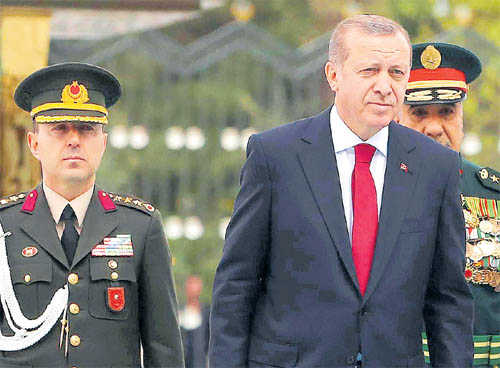Aonce in decade expectation among the central government employees concerning revision of salaries and allowances has come as a shock especially to the armed forces of the country. The government’s consistency to short shift the nation’s last bastion, though, is well established, the partisan treatment meted out smacks of a bid to ultimately finish the martial legacy of the nation. I term this conscious bilk as an abysmal lack of constructive vision. Let’s analyse the bag of goodies that the 7th Pay Commission has doled out to the services.
SEPARATE PAY MATRIX FOR CIVILIANS AND DEFENCE
By outlining separate pay matrices for civilians and soldiers, the pay commission has announced the discrimination that hithertofore was a veiled conjecture. The evident mismatch of increments between the civil and military due to the respective ages of retirement and consequent pension benefits have shocked the fraternity. To elaborate, a sepoy getting recruited at the same time as his civilian counterpart will serve till the age of 37 as compared to a cool 60 years of the latter and thus stock as many more increments thereby drawing a fatter pension cheque. A poor soldier thus gets a raw deal both during service and after.
ONE RANK ONE PENSION
The struggle and consequent acceptance of one rank one pension (OROP), though, diluted did not go down well with the babus is a well known fact. They have ensured a similar status for themselves. We do not grudge them that albeit the clause of the OROP regarding non- admissibility to premature retirees henceforth, shockingly does not apply to these privileged beings.
ALLOWANCES
The issue of allowances as enunciated by the commission, though, still not okayed by the government is a typical ‘airhead’ action. Can you imagine a soldier serving at Siachen getting one third of allowance of a babu serving at Guwahati. The chairman of the commission during a media interaction has rubbed salt to the wounds by stating that an attractive allowance will motivate the IAS to willingly serve in difficult areas. Well done sir!
As witnessed during Jat agitation in Haryana, these fellows don’t bat an eye lid to requisition armed forces in case of crisis and themselves melt in the oblivion. They are even swifter in passing the buck in disturbed areas. We only hope a better sense prevails before the government notifies rates of allowances.
SMOKE SCREEN FOR DECEPTION
In order to cloud the big picture, the pay commission recommended doing away with entitled rations for officers. To undo the legitimate award after 30 years of its grant, shocked the armed forces as they could not fathom the wacky idea. Well, absurd that it was, obviously could not see the light of the day. But, the deft members of the commission succeed in diverting our attention from the main issue of salary and allowances.
Coming back to my earlier point of lack of constructive vision by the government, the popular caption in an advertisement by armed forces headquarters to attract suitable young people to its fold has consistently been, “Do you have it in you?” a motivating call to the youth of the nation to undertake the challenging profession of arms. During the HT youth forum held a few months ago, a discussion on the youth of today relegating military as their career choice was an eye opener. A discerning youth is aware of the eroding status of a fauji. Reduced salaries, allowances, erosion in status and an apathetic attitude of ‘powers that be’ is sure to sound a death knell to the dreams of youngsters to don uniform.












































































